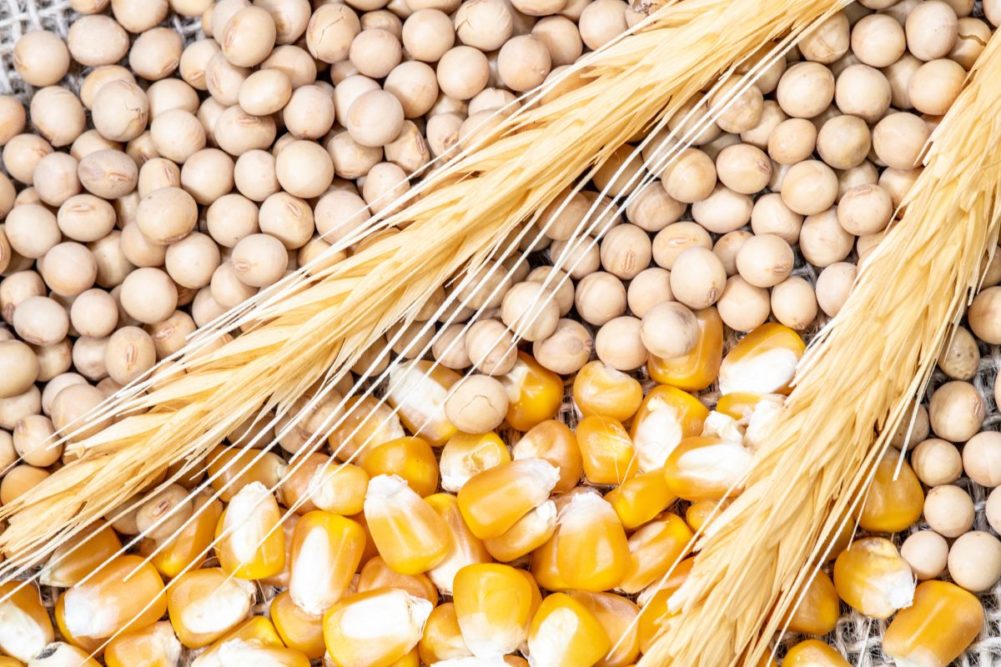ROME, ITALY — A slight reduction in global grains production is expected in 2024-25 due to downward revisions in corn and wheat outturn, according to the Food and Agriculture Organization (FAO) of the United Nations. In its latest monthly forecast, released on Dec. 6, the FAO projected global grains output to fall by 0.6% year on year to 2.841 billion tonnes, which still would be the second largest ever.
The FAO pegged global corn production at 1.217 billion tonnes, slightly lower than its forecast in October and about 2% below last year’s total. The decline primarily is driven by lower-than-expected yields in the European Union and the United States, the Rome-based organization said.
Global wheat output also was revised lower in November to 789 million tonnes, which would equal the 2023-24 outturn.
“The bulk of the month-on-month decrease is linked to a lower wheat estimate in the European Union, where overly wet conditions curbed yields in parts,” the FAO said.
Rice output was virtually unchanged from the October report and is projected to increase by 0.8% from the previous year to a record 538.8 million tonnes (milled basis), the FAO said.
Global grains consumption will continue its uptick in 2024-25, according to the FAO, rising by 1.8 million tonnes month on month to 2.859 billion tonnes, which would be 0.6% higher than the previous year. Sparking the monthly increase was an upward revision of 1.2 million tonnes in coarse grains utilization.
“The upward revision stems from fractionally higher feed use, mostly sorghum, and industrial use of (corn),” the FAO said.
The FAO also raised its rice utilization estimate for 2024-25 by 900,000 tonnes in November, “largely reflecting prospects for more pronounced use expansions in Asia.” As a result, global rice utilization is forecast to reach 536.7 million tonnes, which would represent a 2% increase from 2023-24 and an all-time high.
In a significant revision from October, the FAO forecasts that global grains stocks will decline by 0.7% from their opening levels, resulting in a global cereal stock-to-use ratio of 30.1% for 2024-25, down from 30.8% in the previous year but still indicating “a comfortable supply level” globally.
International grains trade in 2024-25 is forecast at 484 million tonnes, down 4.6% from the previous year. Global wheat and maize trade volumes are expected to decline, while rice trade is seen increasing.
Looking ahead to the next crop season, the FAO said softer wheat prices may discourage area expansions of the winter wheat crop underway in the Northern Hemisphere.
“Below-normal rainfall in key wheat growing regions in the Russian Federation has led to low soil moisture levels, affecting planting operations,” the FAO said. “By contrast, favorable soil moisture and government support policies, along with remunerative prices, should spur expanded plantings in China and India.”
The noted that early indications suggest a contraction in corn sowings in Argentina due to dry conditions and the risk of stunt disease transmitted by leafhoppers. In Brazil, early planting intentions, encouraged by a return of rainfall, point to the same corn area for the 2025 crop.





